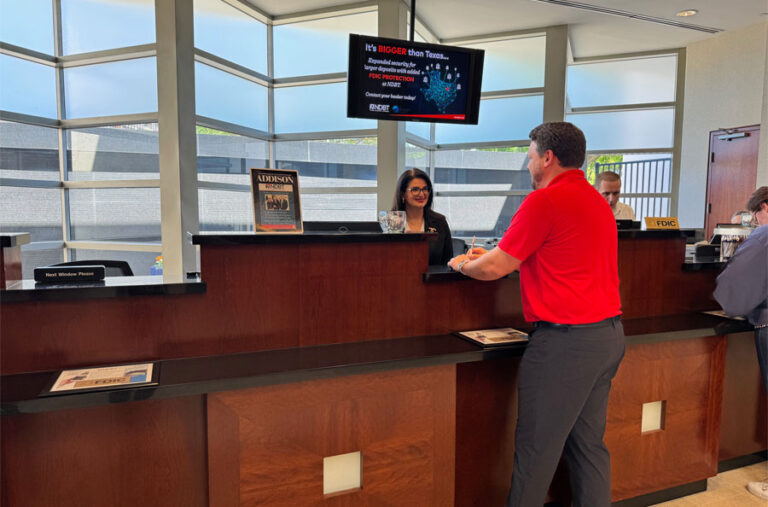True to form, fraudsters never let a big news story go to waste! These bad actors stay on alert for opportunities to prey on the public for their own financial gain, and lately, they are impersonating banks and banking regulators to get your bank account information. Here’s how it works:
- The fraudster contacts an unsuspecting consumer or business owner with some urgent call to action. Common contact methods are text messages, email, phone, and social media. Recent calls to action are posing as a bank saying that access to the person’s bank account has been restricted or posing as a bank regulator saying that they need to confirm the person’s account information to ensure the deposits are covered by FDIC insurance.
- In an attempt to protect their money, the consumer or business owner provides the information requested or clicks the link in the message.
- The fraudster uses the information provided to move funds out of the account, or if a link was clicked, malware is installed to gain access to the computer or phone being used.
To ensure these fraudsters don’t get access to your bank accounts, know the red flags of phishing schemes, and remember that banks and banking regulators will never contact you asking for your account information. When in doubt, go directly to your bank’s website or contact your local banker for assistance. Resources with additional information:

Gina Brown, CRCM
Executive Vice President
Enterprise Risk Manager | Information Security Officer





